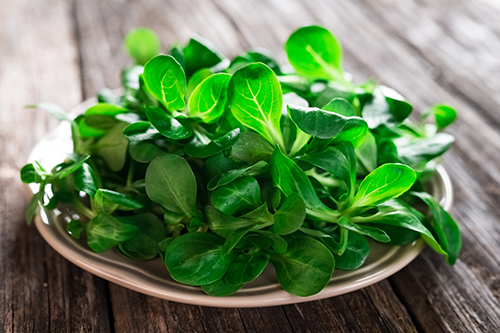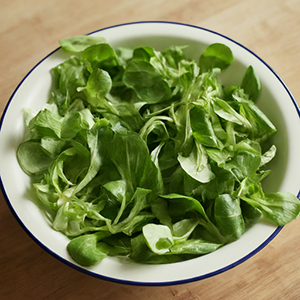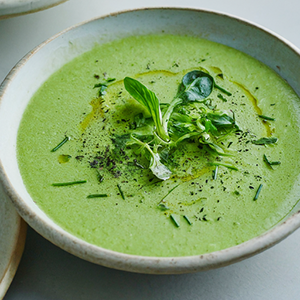Contents
Mache lettuce belongs to the same family as valerian, a plant noted for its soothing effect on the nervous system. Mache lettuce or Lamb’s lettuce is a leafy green vegetable with a delicate flavor and is much valued for salads in Central European countries.

Mache Lettuce Scientific Facts
- Scientific Name – Valerianella locusta Betcke.
- Other Names – Cornsalad, Lamb’s lettuce.
- French – Máche.
- Spanish – Hierba de los canónigos, lechuga de campo.
- German – Feldsalat.
- Description: The leaves of the Lamb’s lettuce plant, a member of the botanical family Valerianaceae, reach a height of 30 cm.
- Environment—It comes from the Mediterranean islands of Corsica and Sicily. Because it is cold-resistant, its cultivation has spread throughout Europe and North America. The major producing countries are Italy, Germany, and France.
Mache Lettuce Health Benefits

Although this is a common plant, it has a surprising composition in which the following nutrients are prominent:
- Proteins (2 percent) – almost as much as potatoes
- Provitamin A (709 mg RE/100 grams) – more than spinach (672 mg RE).
- Vitamin B6 (0.273 mg/100 grams) – more than eggs (0.139 mg).
- Vitamin C (38.2 mg/100 grams) – more than tomatoes (19.1 mg).
- Iron (2.18 mg/100 grams) – almost as much as beef (2.29 mg).

Although the iron content is nonheme, which is not as well absorbed as the heme iron from meat, vitamin C dramatically increases its absorption. One hundred grams of mache’s lettuce covers almost one-fourth of the RDA of this mineral for an adult male. Mache lettuce is anti-anemic, remineralizing, a stimulant to digestion, and a mild laxative.
Mache lettuce’s most important dietary and medicinal use is in treating iron deficiency anemia. Since it contains iron, vitamin C, and minerals such as copper, which are essential to helping facilitate its absorption and assimilation, mache lettuce acts as a powerful anti-anemic.
How to use and Prepare Lamb’s Lettuce
- Mache lettuce is usually eaten raw in a salad, preferably seasoned with olive oil and lemon.
- Cooked – it can be used in soups and omelets.
DISCLAIMER: All content on this website is presented solely for educational and informational objectives. Do not rely on the information provided as a replacement for advice, diagnosis, or treatment from a qualified medical expert. If you are pregnant, nursing, or have any preexisting medical concerns, talk to your doctor before using any herbal or natural medicines.
REFERENCES
- George D. Pamplona-Roger, M.D. “Encyclopedia of Foods and Their Healing Power.” George D. Pamplona-Roger, M.D. Encyclopedia of Foods and Their Healing Power. Trans. Annette Melgosa. Vol. 2. Chai Wan: Editorial Safeliz, 2005. 136. Print.
- USDA FoodData Central: https://fdc.nal.usda.gov
- Linus Pauling Institute – Folate: https://lpi.oregonstate.edu/mic/vitamins/folate
- Journal of Nutrition – Flavonoids: https://www.ahajournals.org/doi/full/10.1161/CIRCRESAHA.117.309008
Last update on 2025-05-14 / Affiliate links / Images from Amazon Product Advertising API





